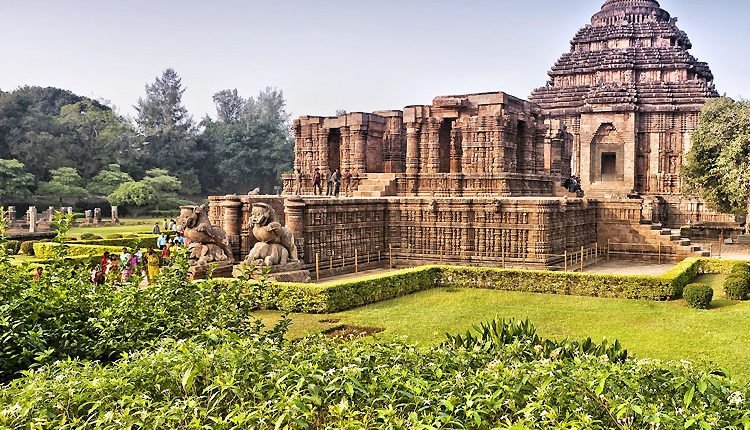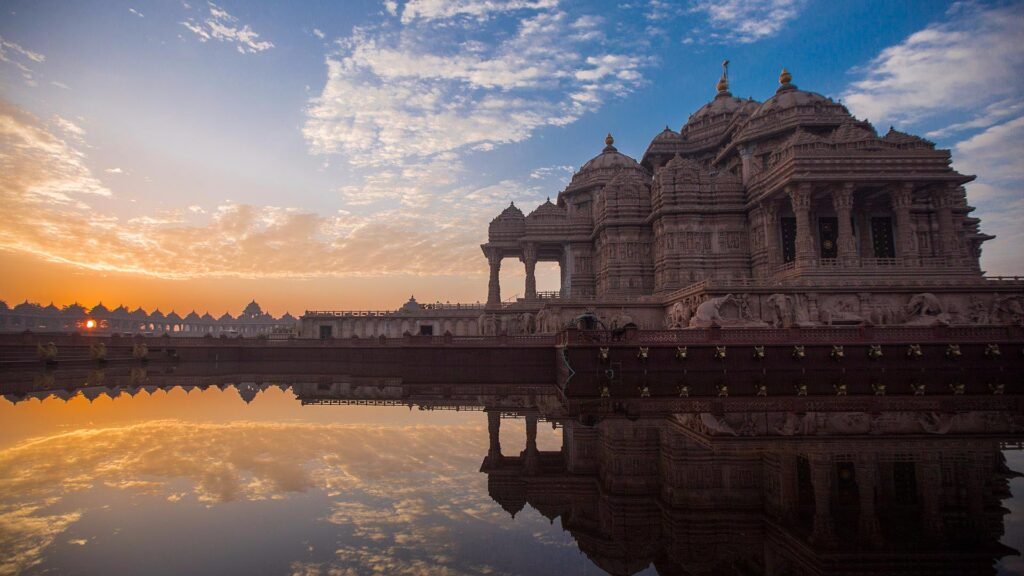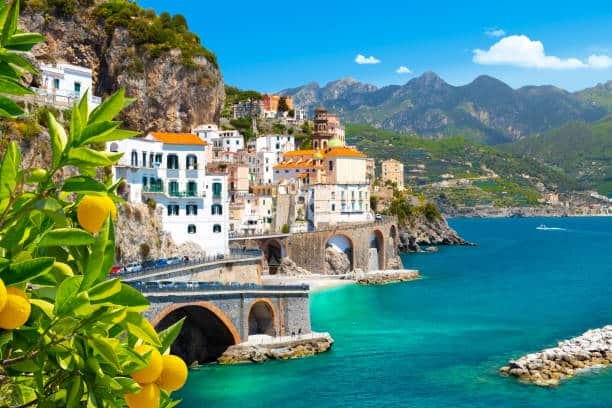
Italy:
It’s history is a captivating journey, spanning millennia and marked by powerful empires, artistic revolutions, and political fragmentation. From the ancient Etruscan civilization to the Renaissance, Italy has left a lasting legacy on Western civilization. Its cultural and artistic achievements continue to inspire awe, with some of the most renowned artists in history hailing from Italy.
Despite political woes, Italy’s influence on European culture has been significant, with its art, music, literature, and opera flourishing throughout the centuries. The Risorgimento movement, which led to Italian unification, is a testament to the resilience and determination of the Italian people.
Italy’s participation in both World Wars, as well as fascism, left a profound impact on the country’s history. Today, Italy is a democratic republic and a major player in the global economic and political landscape. Its rich history is a testament to the power of culture and the human spirit. Each period has its complexities and nuances that continue to shape the Italian identity today, making it a fascinating and important country to study and understand
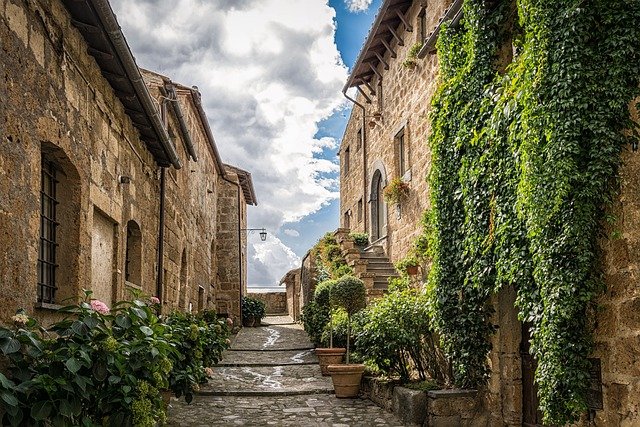
Italy is a country with a rich and diverse history that spans over thousands of years. Over the course of its history, Italy has been home to various civilizations, empires, and cultural movements, all of which have left their mark on the country’s heritage.
Let’s take a closer look at some of the key periods that have shaped Italy’s history.
Ancient Italy (850,000 BC – 476 AD): The history of human presence in Italy dates back to at least 850,000 years ago. During this time, Italy was inhabited by various groups of people, including the Etruscans, Italic peoples (like Latins), and Greeks. These groups have all played a significant role in shaping Italy’s early culture and identity.
Rise of Rome (753 BC): One of the most significant periods in Italy’s history was the rise of Rome. According to legend, the city of Rome was founded in 753 BC by Romulus and Remus. Over time, Rome transformed into a powerful republic, uniting the Italian peninsula under its rule.
Roman Republic and Empire (509 BC – 476 AD): After Rome conquered the Italian peninsula, it went on to become a vast empire, dominating Western Europe, North Africa, and the Near East. This period was crucial for the development of Western law, philosophy, and art. Rome’s legacy can still be felt today through its monumental architecture, impressive engineering feats, and its influence on language, culture, and religion.
Middle Ages (476 AD – 1492 AD): Following the fall of the Western Roman Empire, Italy fragmented into competing city-states and regional powers. During this period, Venice and Genoa emerged as major maritime republics due to their flourishing trade and commerce. Central Italy remained under the control of the Pope, who wielded significant political and religious influence. Meanwhile, Southern Italy experienced a period of rule by various powers, including Byzantines, Arabs, Normans, and Spanish rulers.
Renaissance (14th – 16th centuries): The Renaissance was a time of great creativity and innovation in Italy. A rebirth of classical learning and culture swept across the country, influencing art, literature, science, and philosophy. Artists like Leonardo da Vinci, Michelangelo, and Raphael created masterpieces that continue to inspire people to this day. The Renaissance also marked a shift towards humanism, which emphasized the potential of individuals to achieve greatness.
Unification and Modern Italy (18th century – Present): In the 19th century, a movement for Italian unification gained momentum, culminating in the establishment of the Kingdom of Italy in 1861. Italy participated in both World Wars, facing political and social turmoil in the aftermath. However, the country experienced economic growth and political transformation in the post-war period, becoming a republic in 1946 and a founding member of the European Union. This is a brief overview of Italy’s history, and each period deserves a deeper dive. If you’re interested in learning more about a specific era, feel free to ask for more details!
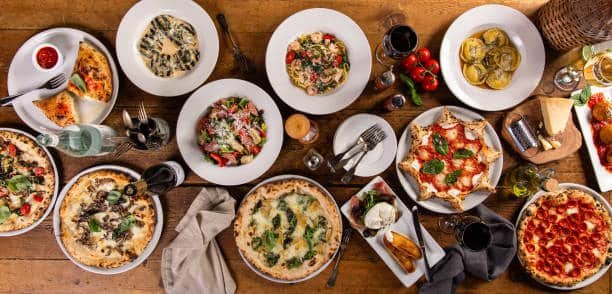
Italian cuisine is renowned for its use of fresh, seasonal ingredients, regional variations, and a focus on simplicity that allows the natural flavors to shine.
Let’s take a closer look at some of the key aspects of Italian cuisine.
Regional Specialties: Italy is divided into three regions – North, Central, and South – each with its own unique culinary traditions. In the North, creamy risottos, polenta dishes, fresh seafood, and hearty cheeses like gorgonzola are the norm. The region is also known for its abundance of freshwater fish and white truffles. In Central Italy, pasta reigns supreme, with specialties like lasagna, cacio e pepe (cheese and pepper), and carbonara.
Rome, in particular, is known for its thin and crispy pizza crust, while Tuscany is famous for its hearty soups and stews. In the South, fresh vegetables, tomatoes, and seafood take center stage.
Dishes like pasta alla Norma (with eggplant and ricotta) and Neapolitan-style pizza with a thicker crust are highlights. The region is also known for its citrus fruits, olive groves, and vineyards.
Ingredients: Italian cooking is all about using fresh produce and quality ingredients to create simple but flavorful dishes.
Fresh Produce: Italian cuisine makes the most of seasonal ingredients like tomatoes, olives, eggplants, peppers, and fresh herbs. Vegetables are often used in pasta sauces, soups, and stews.
Grains: Pasta (endless varieties!), bread, and rice are staples across Italy. Italian pasta is made from durum wheat semolina and water, and comes in many shapes and sizes.
Olive Oil: A cornerstone of Italian cuisine, olive oil is used for cooking, dressing salads, and drizzling over finished dishes. Extra-virgin olive oil is the highest quality and most flavorful.
Cheeses: Italy boasts a vast array of regional cheeses, from creamy mozzarella to sharp pecorino romano. They are used in pasta dishes, sauces, and antipasti, and are often eaten on their own.
Cured Meats: Prosciutto, salami, and other cured meats add savory richness to many Italian dishes. Popular Dishes: Italian cuisine is known for its simple, yet delicious, dishes that have become popular all over the world.
Pasta: Italian pasta is a staple food and comes in countless shapes and sauces to suit every taste. From spaghetti bolognese to linguine alle vongole (with clams), there’s a pasta dish for everyone.
Pizza: Italian pizza is a global favorite, with the classic Margherita being a simple but delicious combination of tomato sauce, mozzarella cheese, and basil. Regional variations include toppings like anchovies, olives, and artichokes.
Risotto: Creamy rice dishes are particularly popular in Northern Italy, where they are made with short-grain rice and cooked slowly with broth and other ingredients.
Gelato: A denser, richer version of ice cream, gelato is another Italian favorite. It comes in many flavors, from classic vanilla and chocolate to more adventurous combinations like fig and honey.
Food Culture: Italian food culture is all about simplicity, quality ingredients, and socializing.
Freshness over Frills: Italian cooking emphasizes using high-quality ingredients that are allowed to speak for themselves. Simple dishes made with fresh produce and quality ingredients are preferred over complicated, over-the-top recipes.
Regional Pride: Each region of Italy has its own unique culinary traditions and takes on classic dishes. Italians take pride in their regional specialties and love sharing them with others.
The Importance of the Meal: Food is central to Italian social life, with meals being leisurely affairs enjoyed with family and friends. Italians value the social aspect of eating and often take their time to savor their food, enjoying good conversation and company. With so much to explore within Italian cuisine, from savory stews to light and refreshing salads, there’s something for every palate.


